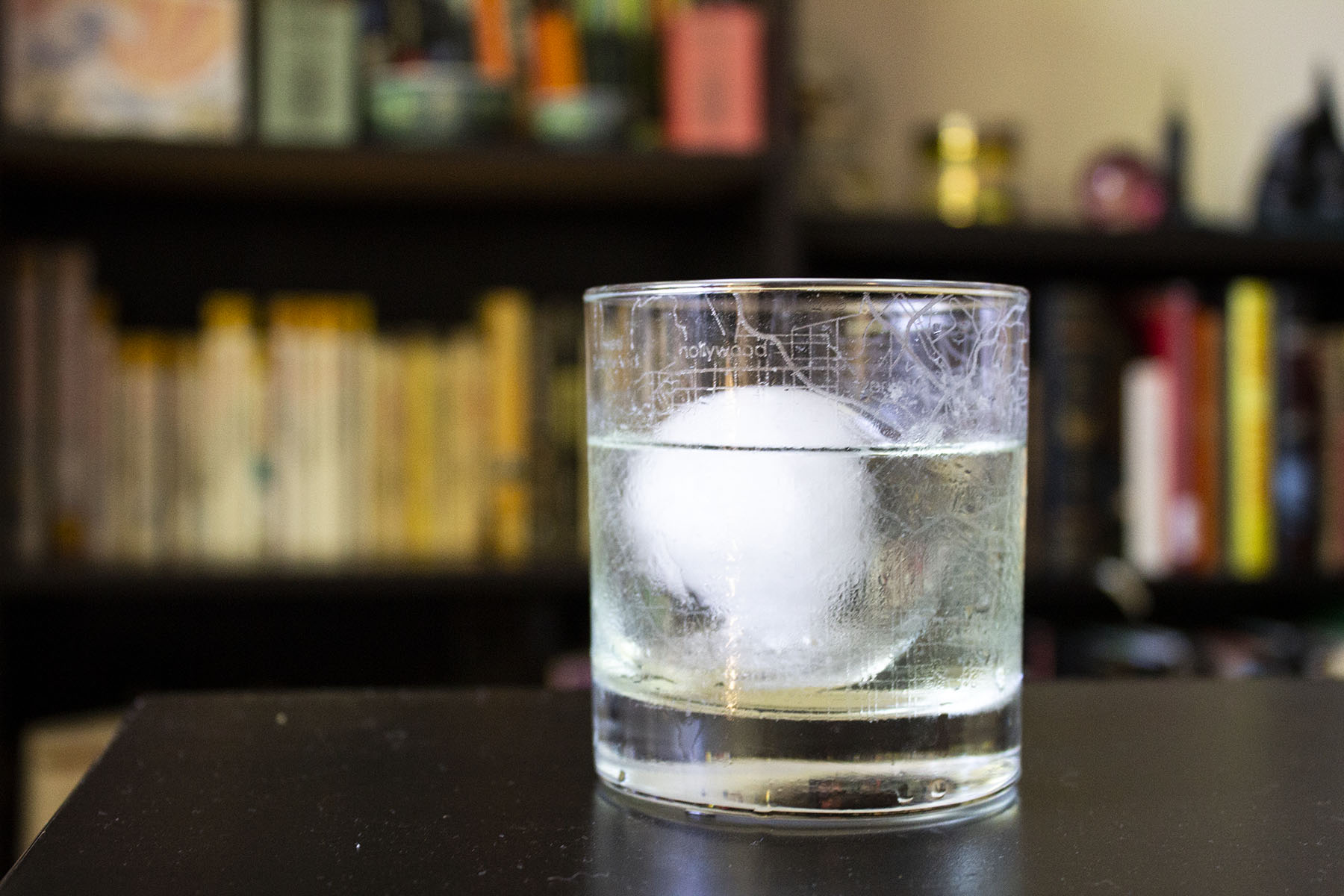Put on your Peaky Blinders Irish step-dancing hat and mix together some bathtub gin and bitters, we’ve made it back to the Roaring Twenties.

When it comes to nostalgia entertainment the sweet spot seems to be 20 – 30 years. With shows like Stranger Things reminding us of The Goonies and E.T. from the 80s and Saved by the Bell, Full House, Boy Meets World, and Clarissa Explains it All* all getting rebooted it feels like 1995 again. Just like how the 70s with Dazed and Confused, That 70’s Show, and Almost Famous were huge in the 90s and early 2000s.
*This one’s on hold and may not see the light of day.
But when it comes to period pieces, the 1920s is always something people like to write about. An era of excess, sex, crime, and jazz – the 1920s is a great time to set a thriller, mystery, gangster story, or comedy.
A lot has changed in the hundred years since the days of Gatsby but there are things that are becoming en vogue again. Like income inequality for instance. I want to take you through a few themes from the 1920s that people love to write about, and we at American Pulps are no exception.
Here’s an article we wrote featuring the best fiction and non-fiction books from the time. We’ll also be featuring articles about the actors and actresses of the silent screen, stay tuned.
The Lost Generation
Wrecked by war when there was no definition of post-traumatic stress, the men came back from WWI “shell-shocked.” Whatever you call it, soldiers adjusting to civilian life was a reoccurring theme in Ernest Hemingway’s The Sun Also Rises – his debut novel. The Keeper of the Bees by Gene Stratton-Porter features a soldier who, after getting gassed on the frontlines comes home from the war a broken man. He ends up in California on a bee farm. This Steinbeckian romance novel was a big hit in the 20s when it came out.
Soldiers having trouble coming back to polite society and choosing a life of crime can be seen in both Boardwalk Empire and Peaky Blinders. Post Traumatic Stress is something you see in writing about the post Civil War as well. Soldiers left the city to go to the Wild West and find themselves. It’s not just a clever trope, it happened. The same can be said for any war, which we discussed in this article about the book Sticking It To the Man.
Prohibition
On January 1, 1920, Prohibition went into effect (can you imagine those NYE parties? Wild). The result, the noble experiment was an absolute disaster. People ended up drinking more than ever and men of a nefarious nature were making all the dough.

We wrote an article a while back about Prohibition which has some Volstead Era cocktail recipes if you want to imbibe. FYI: The Bees Knees is just that, it’s awesome. The last decade or so has seen a bigger resurgence in cocktails and mixed drinks along with Gatsby themed parties. I don’t see cocktail culture really going anywhere any time soon.
One good thing that came out of all of this illegal boozing. Women in bars became common. Pre-Prohibition the saloon was strictly for men to do their drinking, it was rare to see women in bars. Those fearless Flappers put an end to that.
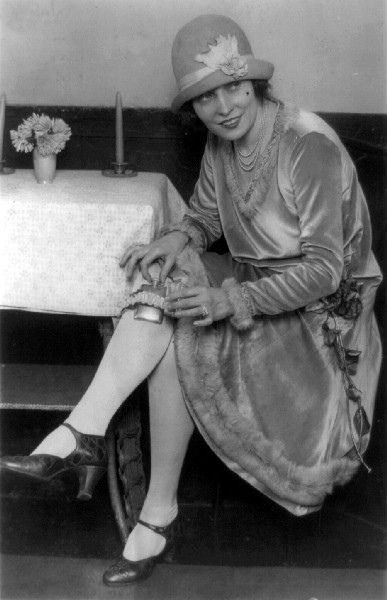
One big thing has changed since Prohibition in America, the rise of craft breweries. Before the Volstead Act, America had a decent amount of breweries. In 1916 there were about 1,300 breweries but after the 18th Amendment, only a handful could keep their doors open making soft-drinks and shifting to dairy products. Check out this article from the Smithsonian to see how those breweries stayed afloat.
After the 21st Amendment repealed the 18th, the damage had been done. According to this graph by the Brewer’s Association, by 1978 there was just 89 breweries, and they were all pretty bland tasting.
Listen, I like Hamm’s, Pabst, or Coors from time to time but there’s an old Monty Python joke that’s sadly true when it comes to beers of the pre-craft brew movement. “American beer is like making love in a canoe. Because it’s fucking close to water.”
Art from the 1920s
Picasso
If you don’t like Picasso’s work, you’ve got something in common with Hitler. Adolf hated Picasso’s paintings and sculptures. He called them “degenerate art,” I think he was just jealous. When Pablo was living in Nazi-occupied France the Nazis banned him from showing his work in an official public capacity. They deemed Picasso’s work not meeting their guidelines as art. Fuckin’ Nazis, man.
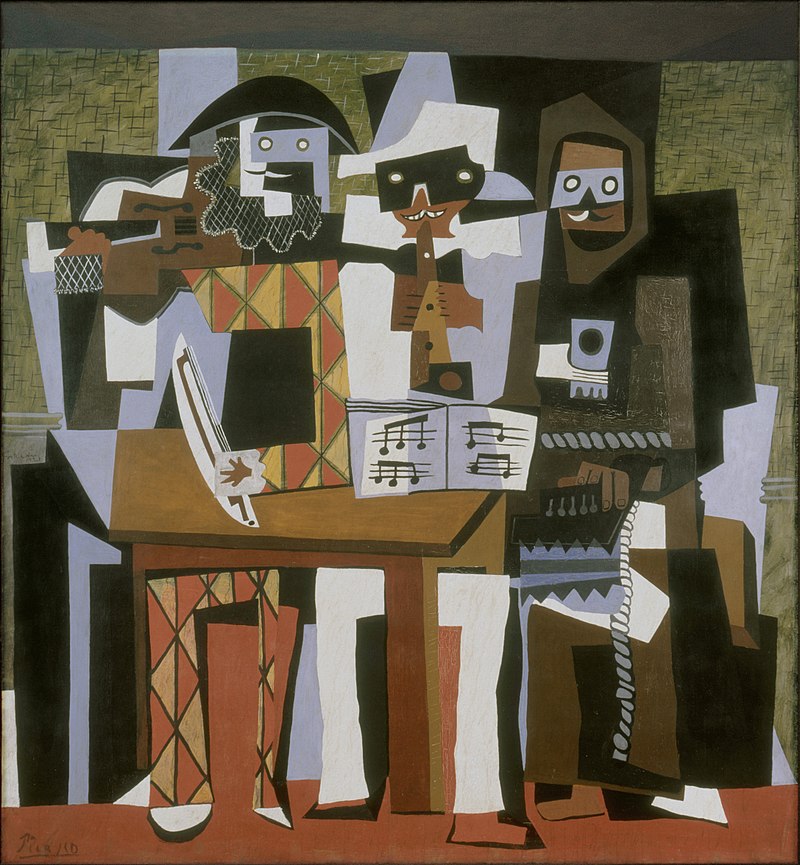
Of course, Picasso’s work is kind of a love/hate kind of thing so if you don’t like it I’m not saying you’re a Hitler. I’m just not gonna march behind you into any beer halls.
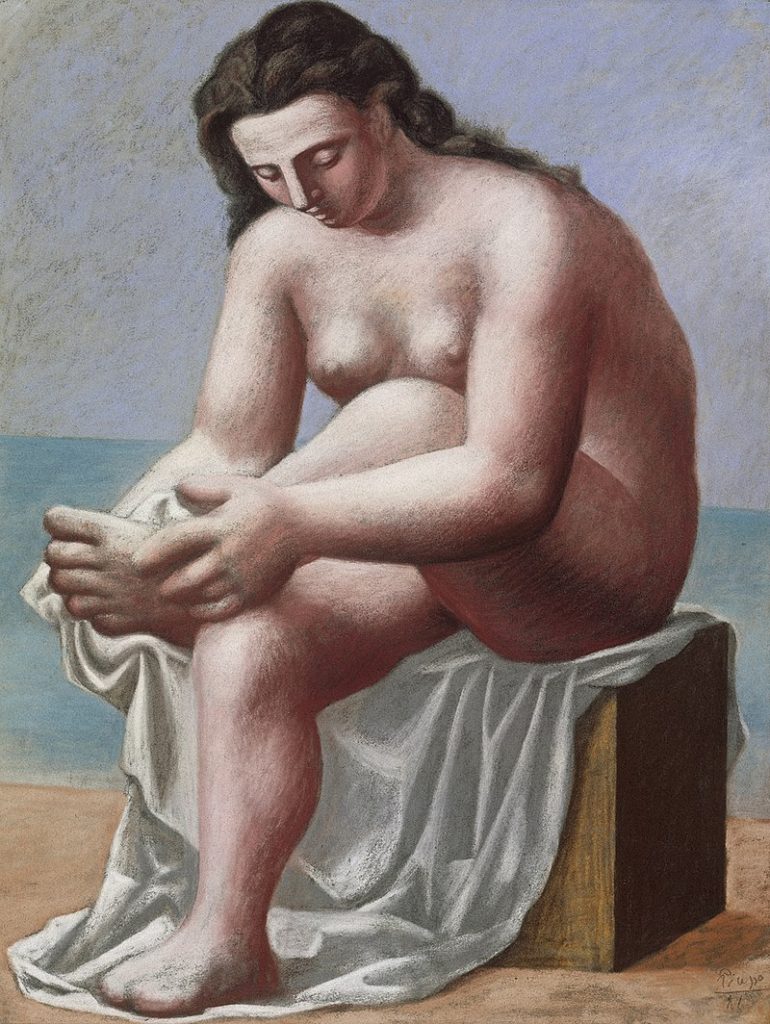
The Leyendecker Brothers
First Frank Xavier Leyendecker (1876 – 1924)
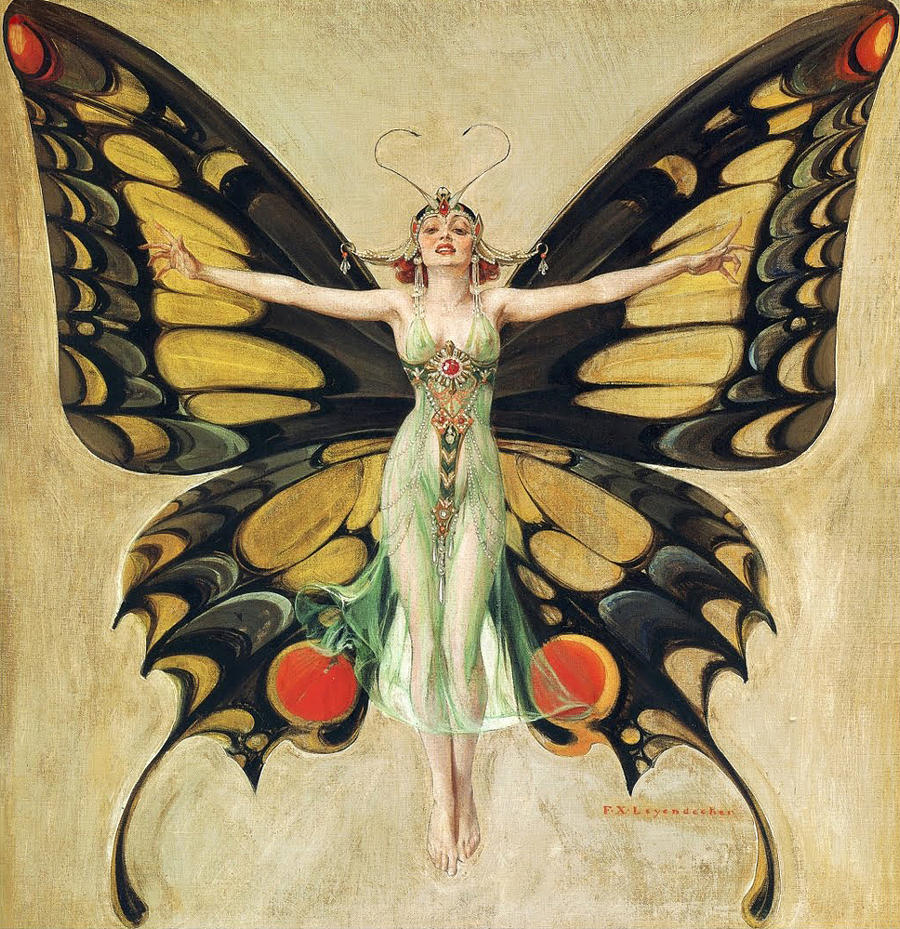
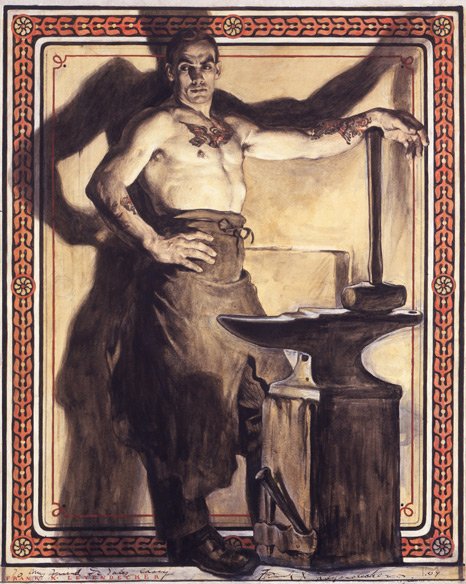
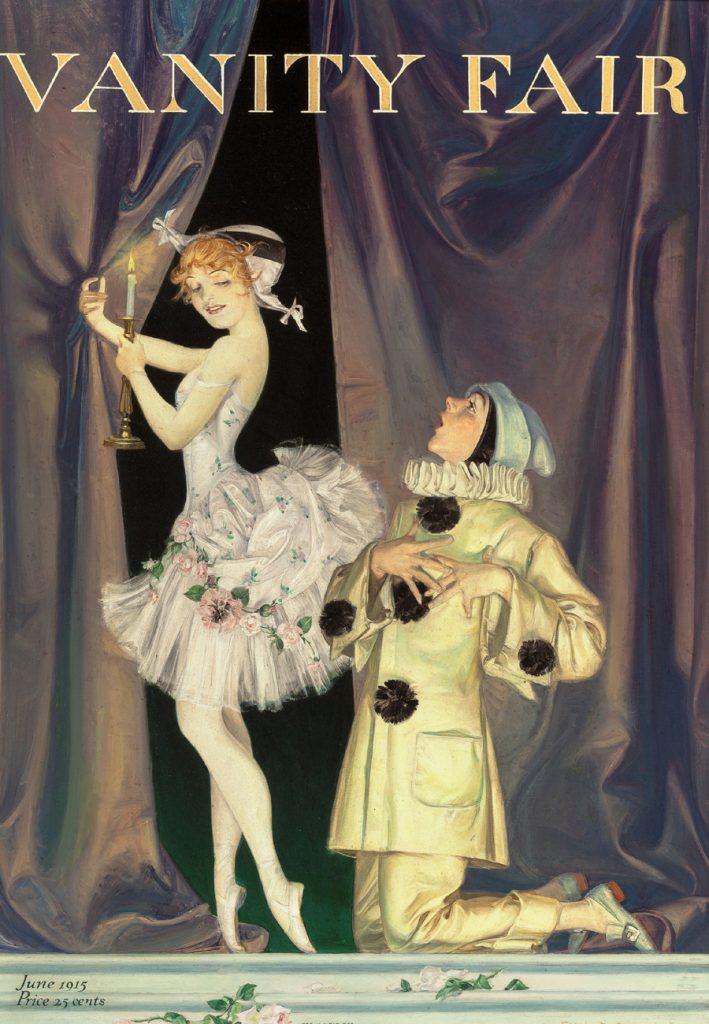
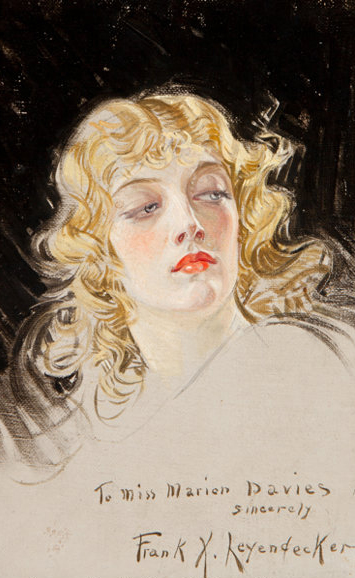

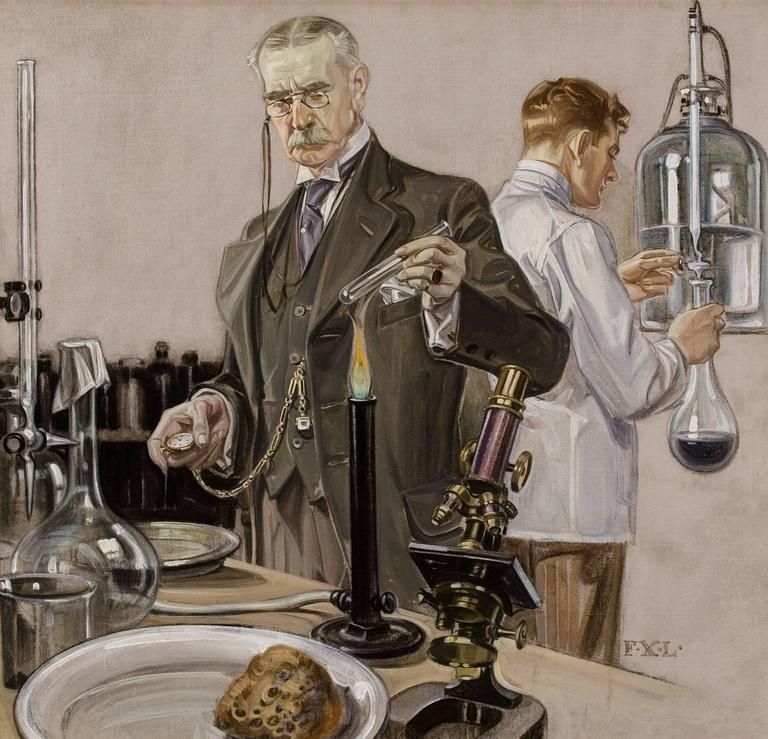
Here’s J.C. Leyendecker. His Arrow Collar man made his debut in the early 1900s so most of these pre-date the Twenties. However, they feel very Jay Gatsby and therefore I’m putting them on here. Timelines be damned.

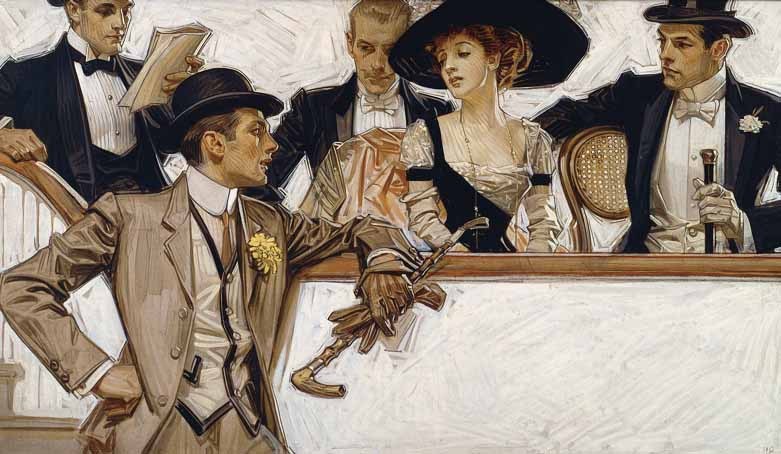
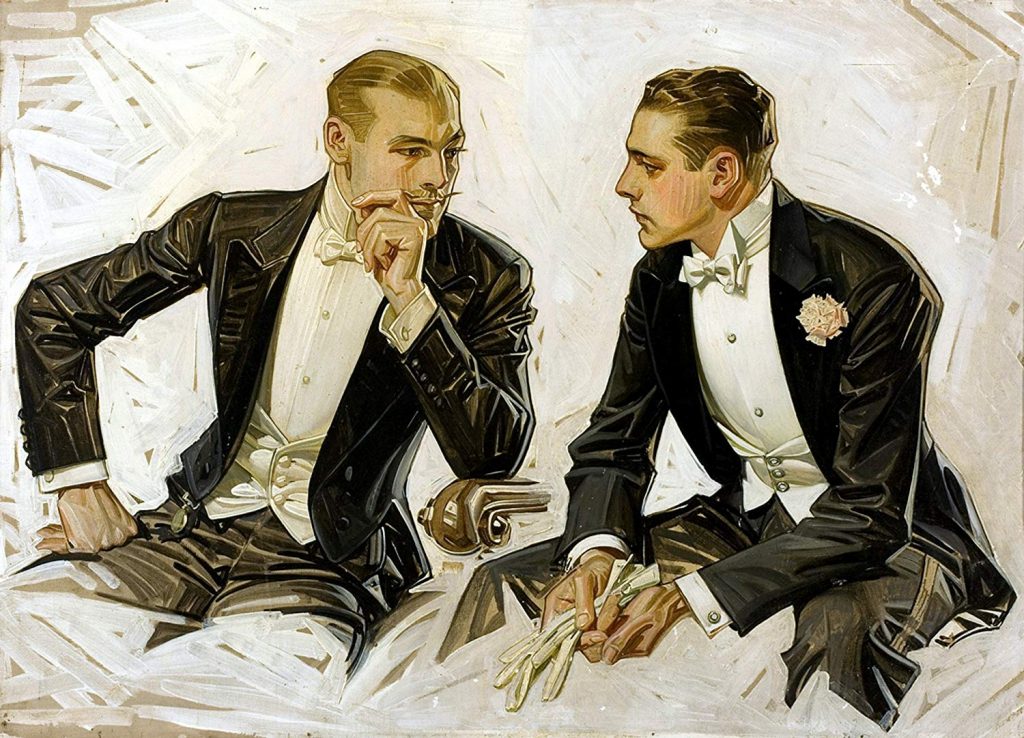

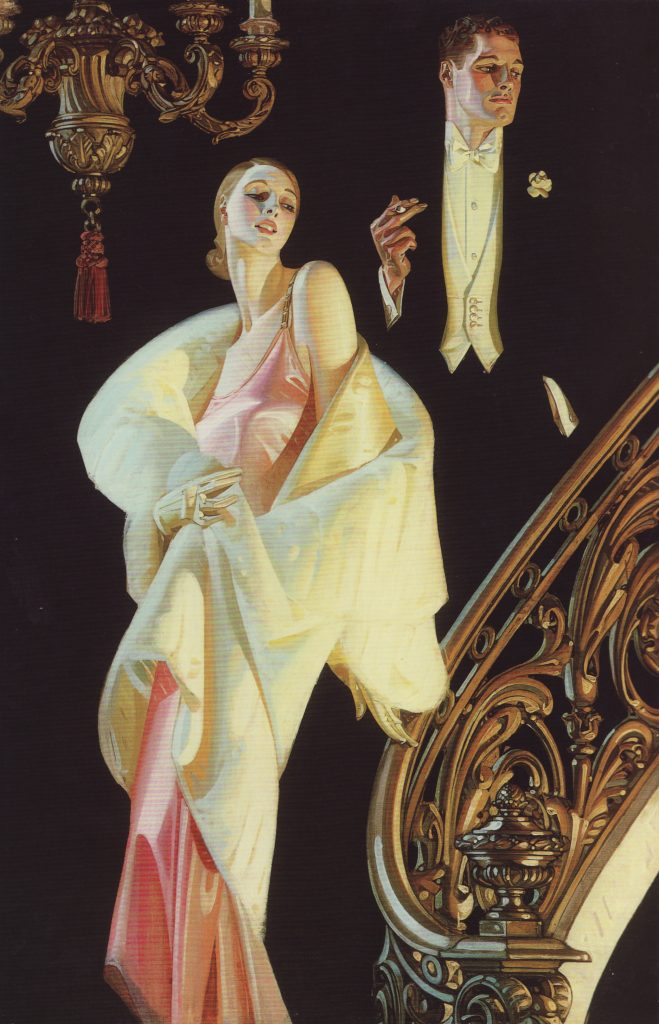
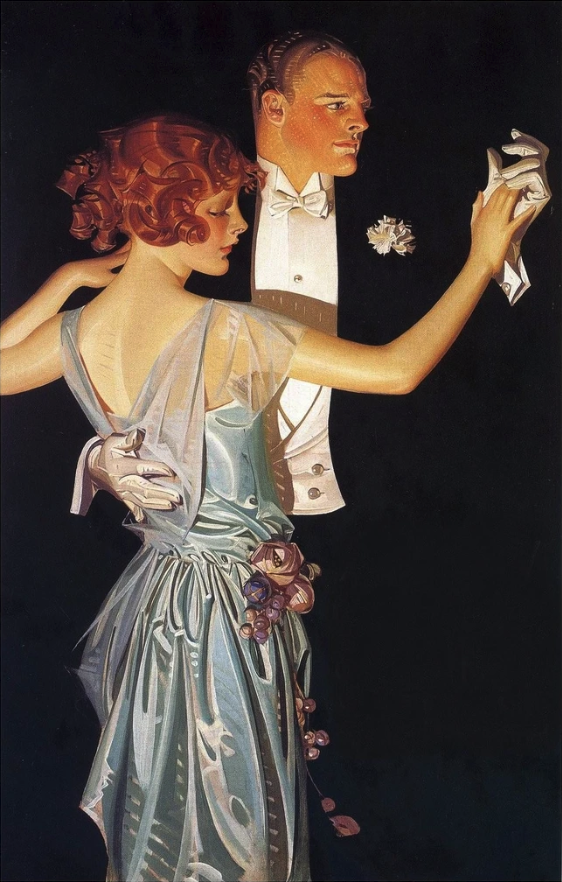
Edward Hopper
We’ve written about Ed Hopper a few times. He’s one of my personal favorite artists, if not my favorite. These ones are all from the 1920s.




This painting above was one of the inspirations for the Bates house in Hitchcock’s Psycho.



